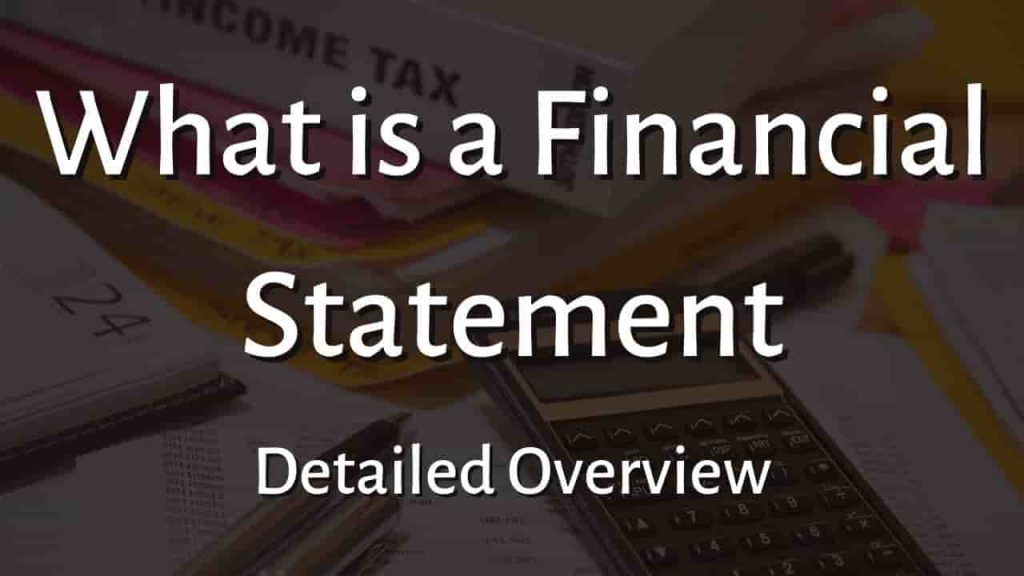What is Debt Equity Ratio (D/E)
The debt to equity ratio compares a company’s total debt to its equity to assess the riskiness of its financial structure. The ratio displays the proportions of debt and equity financing used by a company.
Lenders and creditors constantly monitor it because it might offer early notice that an organization is so in debt that it is unable to satisfy its payment obligations. This is a finance issue as well.
For example, if the owners of a corporation do not want to contribute any more cash to the company, they may take on more debt to cover the cash gap. Alternatively, a corporation may utilize debt to repurchase shares, boosting the return on investment to the remaining owners.
Debt Equity Ratio Formula
Total Debt or Total Liabilities
Total debt includes all forms of debt a company has, such as long-term loans, bonds, and other liabilities. It represents the company’s obligations to repay borrowed funds.
Total Equity
Total equity encompasses the total value of ownership in the company. It includes common stock, retained earnings, and additional paid-in capital. Equity represents the residual interest in the assets of the entity after deducting liabilities.
Total liabilities are divided by total equity to calculate the debt to equity ratio. Because all of the factors are disclosed on the balance sheet, the debt to equity ratio is called a balance sheet ratio.
The debt-to-equity ratio of your company is one of the factors that the bank considers before deciding to give you more loans.
Debt Equity Ratio = Total Debt or Total Liabilities / Total Shareholder’s Equity
How to Calculate the Debt Equity Ratio
The debt-to-equity ratio is calculated by dividing a company’s total liabilities by its shareholder equity using the formula:
Debt Equity Ratio = Total Debt or Total Liabilities / Total Shareholder’s Equity
Following are two steps to calculate debt equity ratio:
1. Make use of the balance sheet
You’ll need the company’s total liabilities as well as its shareholder equity. It is important to note that total shareholder equity = assets minus liabilities. Both statistics may be seen on your company’s balance sheet.
2. Begin dividing
To calculate your debt-to-equity ratio, divide your company’s total liabilities by its total shareholder equity using the debt-to-equity ratio formula.
For Example:
Consider a corporation with total liabilities of $10,000 using the calculation above. The entire value of their shareholders’ equity is $4,000. To determine the debt-to-equity ratio, do the following:
Debt Equity Ratio = Total Debt or Total Liabilities / Total Shareholder’s Equity
= $10,000 / $4,000 = 2.5
Debt Equity Ratio Interpretation
Lower debt equity ratios are preferred by lenders and debt investors because they imply reduced reliance on debt financing to support operations – i.e. working capital requirements such as inventory purchases.
Higher debt equity ratios, on the other hand, indicate that the company’s activities rely more on debt capital – which means creditors have more rights on the company’s assets in the event of a bankruptcy.
For lenders, current debt on the balance sheet makes the borrower riskier to work with, especially for risk-averse debt lenders – and for shareholders, more debt implies more claims on the company’s assets with greater priority than the owners’.
Borrowers supported largely by equity (e.g., owners’ equity, outside equity raised, retained earnings) are seen positively by lenders and investors.
What is considered a Good Debt to Equity Ratio?
In general, a debt-to-equity ratio of no more than 1.0 is seen as acceptable. What defines a healthy debt to equity ratio, on the other hand, is determined by a variety of criteria.
For example, if a corporation has a track record of steady cash flows, it can most likely sustain a much larger percentage. A new business without a solid business strategy, may not want to incur any debt since it may not be able to repay it.
What is Considered Bad Debt to Equity Ratio?
When the ratio is closer to 5, 6, or 7, it indicates a significantly larger amount of debt, and the bank will take note.
It doesn’t indicate the firm has a problem, but you have to look at why their debt load is so high. The company is absolutely reasonable for its ratio to climb if it has just invested in a large project. The corporation will then make a profit on its investment, and its ratio will tend to return to more typical levels.
It’s also worth noting that certain businesses, by definition, demand a larger debt-to-equity ratio than others. A transportation firm, for example, must borrow much to purchase its fleet of vehicles, but a service company will essentially only need to purchase computers.
Can Debt Equity Ratio be Negative?
While it is not common, it is conceivable for a corporation to have a negative D/E ratio, which signifies that the company’s shareholders’ equity balance has decreased.
A negative Debt to equity ratio indicates that the company has more debt than assets.
A negative debt equity ratio is considered as a bad indicator in the majority of circumstances, and the firm may be on the verge of bankruptcy. However, it might also imply that the corporation paid out big dividends to stockholders.
How to Lower Debt to Equity Ratio
If you own a company, you should strive for a low debt-to-equity ratio. If your debt-to-equity ratio exceeds 80%, you may be experiencing financial troubles. Lenders may be unwilling to make you a loan or expand your credit line during this time.
When you apply the following measures to enhance your debt-to-equity ratio in combination, they can have a stronger impact:
Pay off any debts:
When you pay off your debts, the ratio begins to level out. Make sure you don’t incur any new debt, as this might increase your debt-to-equity ratio.
Raise profitability:
Work to increase your company’s profitability by increasing sales revenue and decreasing costs.
Improve inventory management:
Managing the company’s inventory effectively guarantees that no money is wasted. Make certain that your inventory levels do not exceed what is necessary to satisfy orders.
Debt restructuring:
If you have high-interest-rate debts, consider refinancing them. When interest rates are low, restructuring might assist you to reduce your debt-to-equity ratio.
Limitation of Debt Equity Ratio
Although very beneficial, the ratio can be deceptive in some cases. For example, if a company’s equity comprises a big proportion of preferred stock, the stock agreement may require a significant dividend, reducing the amount of residual cash flow available to pay debt. In this instance, the preferred stock resembles debt rather than equity.
Another concern is that the ratio does not indicate the urgency of debt repayment on its own. It might be in the near future or so far in the future that it is no longer a concern. A high debt-to-equity ratio may be less of a worry in the latter instance.
Using Debt-to-Equity Ratio in Financial Analysis
The Debt-to-Equity Ratio is a versatile metric used in various financial analyses:
Creditworthiness Assessment: Lenders use this ratio to evaluate a company’s ability to repay debt. A lower ratio is generally viewed more favorably by lenders.
Investment Decisions: Investors consider this ratio to assess the risk associated with a company. A high ratio may indicate higher potential returns but also higher risk.
Strategic Planning: Management uses this ratio to determine the optimal capital structure for the company. It helps in making decisions regarding debt issuance or equity financing.
Common Misinterpretations and Considerations
Industry Specifics
Different industries have different capital structure norms. For example, industries like utilities or telecom often have higher Debt-to-Equity Ratios due to their capital-intensive nature. It’s crucial to compare ratios within the context of the specific industry.
Economic Conditions
Economic conditions can impact the interpretation of this ratio. In times of economic downturns, companies may reduce debt levels to mitigate risk. Understanding the broader economic context is important in assessing the significance of the Debt-to-Equity Ratio.
Debt Ratio Vs Debt Equity Ratio
The primary distinction between debt ratio and debt to equity ratio is that debt ratio quantifies the amount of debt as a percentage of assets, whereas debt to equity ratio assesses how much debt a firm has in comparison to the capital given by shareholders.
The debt ratio takes into account how much capital arrives in the form of loans.The debt-to-equity ratio indicates how much equity is available to service current and non-current liabilities.
For more click here and if you are looking for full forms of different acronyms and words then check out this list you really gonna find this helpful. We also have an Essay on every topic, Check the complete list here. If you are Studying in Matric Free Video Lectures of Maths, Physics and English are here, and we have got you covered for I.COM Business Maths also.







